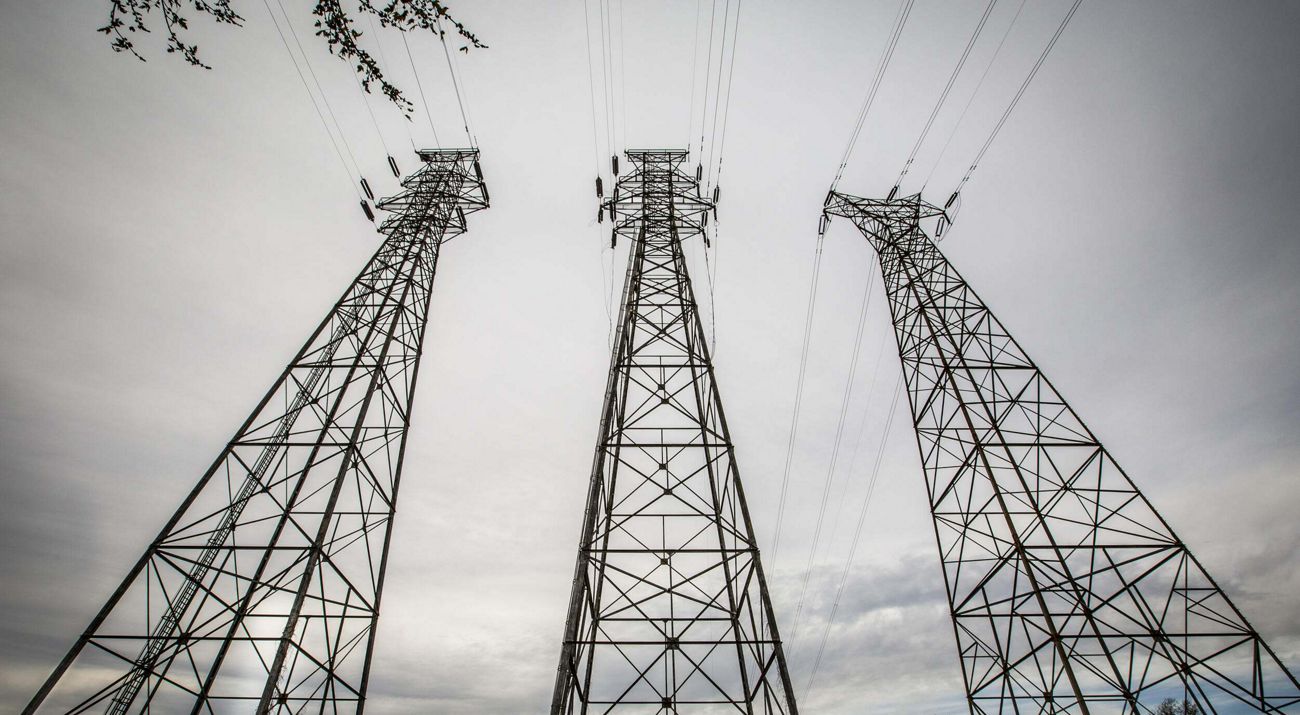Following a devastating flood year, the Central Indiana Land Trust solicited assistance from TCF to improve green infrastructure in the agricultural heartland of Central Indiana. The planning area covers nine counties, and although 68% of the region is farmland, it includes urban center of Indianapolis. In identifying a green infrastructure network for Central Indiana, TCF hoped to leverage limited public and private funds towards strategic conservation of remaining forest land, and improving land stewardship of existing working lands.
Year Published: 2010
State: Indiana
Landscape Context: Inland
Housing Density: Urban, Suburban
Funding Type: Private
Habitat Focus: Forest, Developed
Organizations Involved:
The Conservation Fund, Central Indiana Land Trust
Values:
Water Supply, Water Quality, Floodplains/Flood Prevention, Open Space/Habitat, Recreation, Working Land
Stakeholder Involvement:
Stakeholders were involved; the Leadership Forum included community members hailing from local government agencies and municipalities, university stakeholders, land-owning interests, and the nonprofit sector. In addition, four public input sessions reached over 125 community members.
Planning Process:
This report listed three main steps in the process:
- Leadership forums and public input sessions
- Network design
- Implementation plan
The Leadership Forum guided the process and set prioritized goals, as well as determining the environmental indicators to be measured. The Forum was made up of local community and conservation leaders. A Technical Advisory Committee led by TCF assisted in data collection and compilation of relevant literature to design the most effective green infrastructure network. Finally, the Leadership Forum provided feedback on existing regional projects that fit into the network plan, and identified opportunities to implement it.
Desired Outcomes:
The Greenprint aims to create a network of green infrastructure that improves residents' quality of life and recreation while simultaneously improving wildlife corridors and habitat. Collaborate with residents to educate farmers on the benefits of green infrastructure, both economic as well as environmental, and help to change current drainage practices. A key goal of the plan was to increase public support for green infrastructure, which will result in environmentally sound land stewardship practices.
What It Accomplished:
The project team found that 19% of the proposed green infrastructure network is already protected. Cliff Chapman has since hosted sessions for forestland owners in the region on how to better manage their land to preserve wildlife and ecosystem services, and protect it from future development. Additional land has been protected by the land trust.
